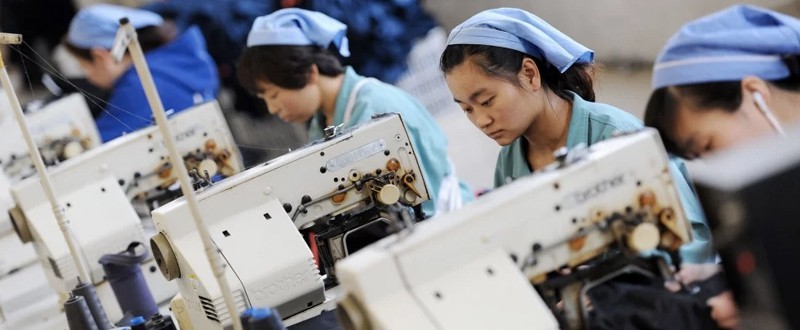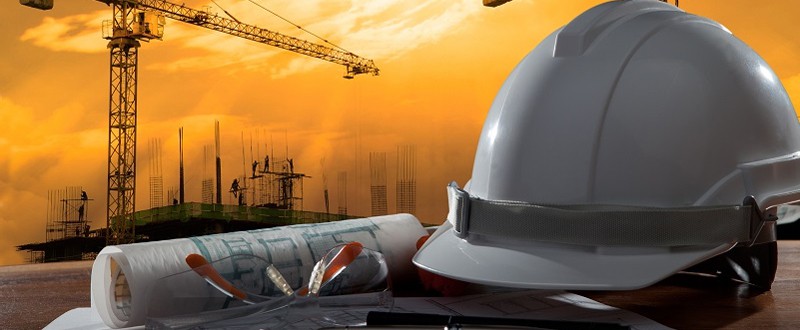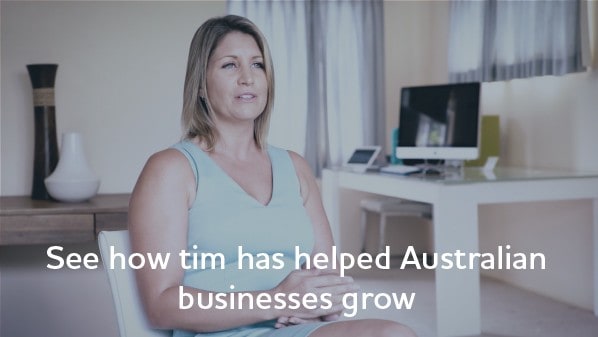Over the last few weeks we’ve looked at a long list of obstacles that Australian SMEs face when wanting to offshore some of their manufacturing requirements. Risk, quality control, scale, logistics and a cash flow impact of up to circa 240 days are among the issues that must be resolved before a company can start reaping the rewards of a much lower cost base.
However, we’ve also seen that all of these problems have solutions and that help is at hand which means business owners don’t have to arrange everything themselves. This is especially true of the final few barriers that we will address here: language differences; time zone issues; and the need to meet and choose a suitable foreign factory.
Choosing the Right Manufacturer
When a business choses an overseas supplier, it is usually exchanging reduced cost for higher risk and less control. We have already seen that it’s important to have an agent on the ground that can check for quality and look after your interests, because if you don’t spot a problem until you start unpacking boxes in Australia you’ll have big problems.
It is therefore critical to choose the right manufacturer. Without help, however, meeting any manufacturers can be difficult. Agents, embassies and trade bodies can help, but if you like meeting people in person, China’s twice-yearly Canton Fair could be a good first port of call. Also called the China Import and Export Fair, it is a huge affair attended by up to 20,000 suppliers and somewhat of an institution in Chinese trade circles.
Writing in Forbes, business consultant Brandon Green suggests that you should make a list of at least ten potential suppliers before you start the selection process. This ensures you have plenty of room for meaningful comparison, and aren’t tempted to stick with the first one you meet. Green also says that you should plan on spending a some time in China visiting factories. At the very least, you should visit the one you decide on using. At the very least, you should visit the one you decide on using.
He says: “I cannot recommend enough that as part of the selection process, you make a point of flying to China and touring the factories that will be used to manufacture your products. Not only will the visit assist in understanding the process itself, it will give you and the manufacturers common visual vocabulary in dealing with any issues that come up. Moreover, it allows you to review the facilities to make sure the procedures and practices are up to the standards you require.”
With the right supplier, you will still have to keep an eye on their output to ensure there is no complacency on quality or timings, but anything you or your agent flags should be resolved promptly.
Time Zones and Communication
Senior management in Chinese companies will generally speak English, which is the common language of commerce, but this doesn’t mean that they will understand colloquial Australian English. Misunderstandings will almost certainly abound, on both the linguistic and cultural level.
Time zones can be a nuisance but should not be a significant barrier especially as a lot of the important business communication will take place initially face to face during your visit, and subsequently in writing as terms are agreed and the contract progresses.
Get a Long-term Profit Boost
Setting up an overseas manufacturing operation is no doubt daunting, and we would not wish to suggest it won’t be hard work. Even with all the help available, a business owner will need to put significant time and effort in to the process, but this is a long-term investment: a significant cut to your key cost base means better margins for years to come.
Once you have resolved the cash flow delay with some clever business financing – which OptiPay can help you with, via either their Trade Finance and Import Finance solutions – you will see a significant boost to your bottom line once you get the first delivery. You will then save again next year, and the one after, without having to do the work again. As your sales grow, the margin benefit from manufacturing overseas will be multiplied.
Even if you decide to change manufacturers or your needs evolve, this will still be a much easier process than the initial push. If you feel that the time could be right for your company to consider outsourcing some manufacturing, get in touch with OptiPay (OptiPay) to see how the numbers can work out.
“Get Tomorrow’s Cash Flow Today”
Who is OptiPay?
OptiPay, one of Australia’s leading business finance providers, has been dedicated to helping small business owners solve cash flow challenges for over a decade and has provided $1.5 billion in business funding to more than 500 Australian businesses. OptiPay specialises in modern financing solutions such as invoice factoring, invoice finance, debtor finance, and lines of credit. OptiPay’s mission is to support business growth providing liquidity in as little as 24 hours, ensuring they have access to tomorrow’s cash flow today. This rapid access to funds helps businesses maintain smooth operations and seize growth opportunities without the stress of cash flow constraints. At OptiPay, we believe that healthy cash flow is the lifeblood of any successful business. Our commitment to helping businesses overcome financial hurdles and achieve their growth ambitions has solidified our reputation as a trusted partner in the business finance sector. Whether you are looking to stabilise your cash flow, expand your operations, or navigate financial challenges, OptiPay is here to support your journey with innovative and efficient financing solutions.



